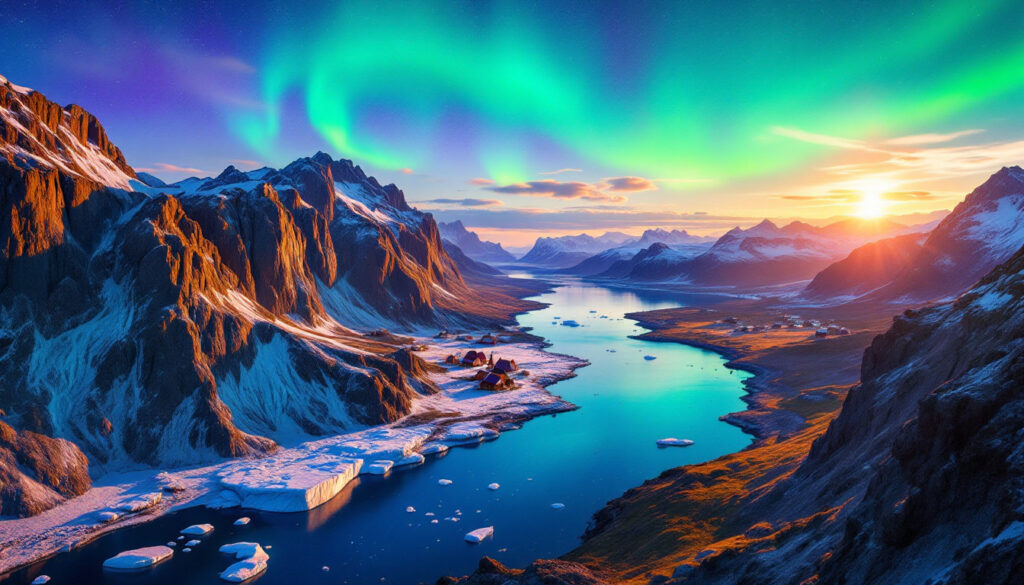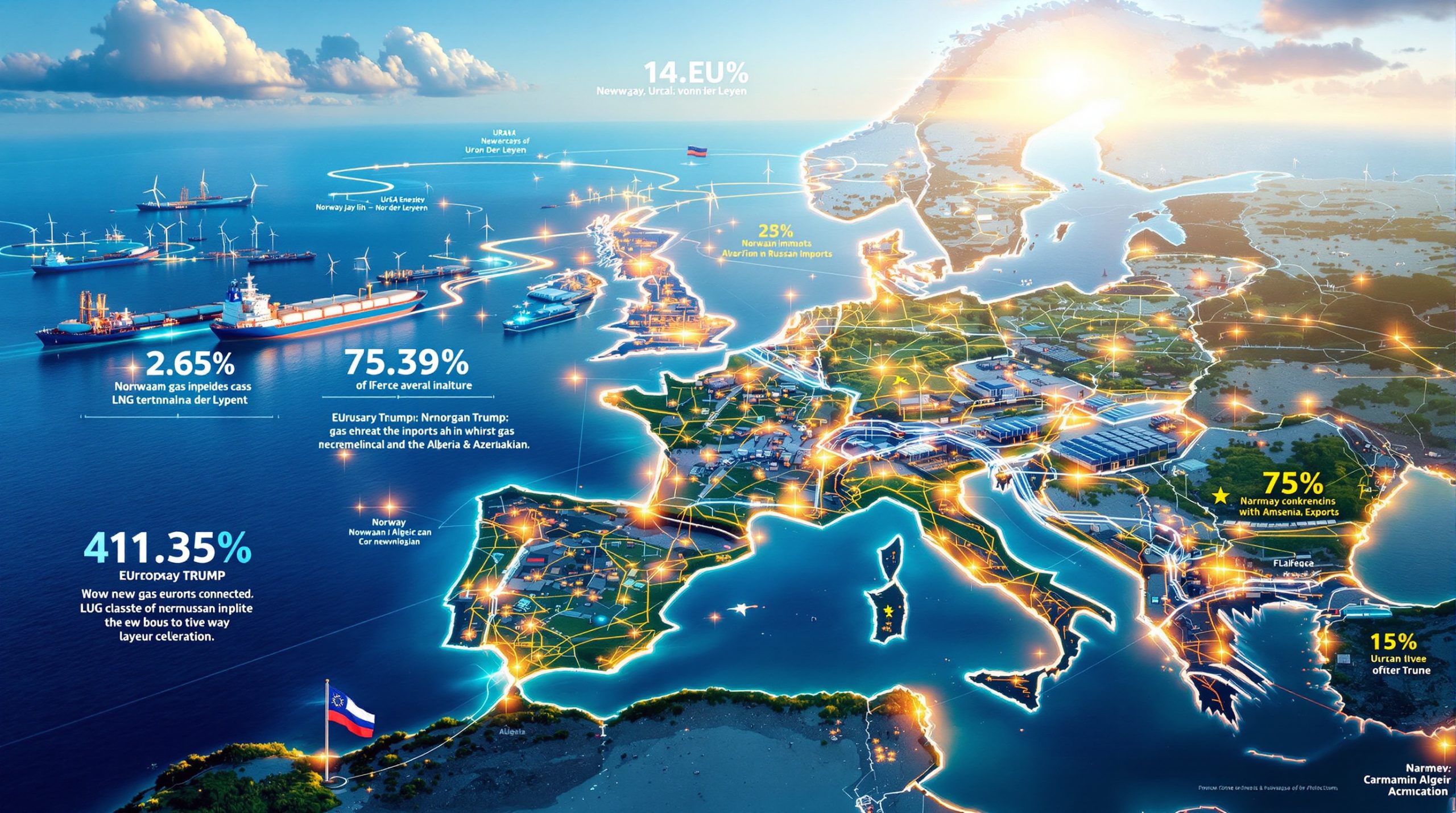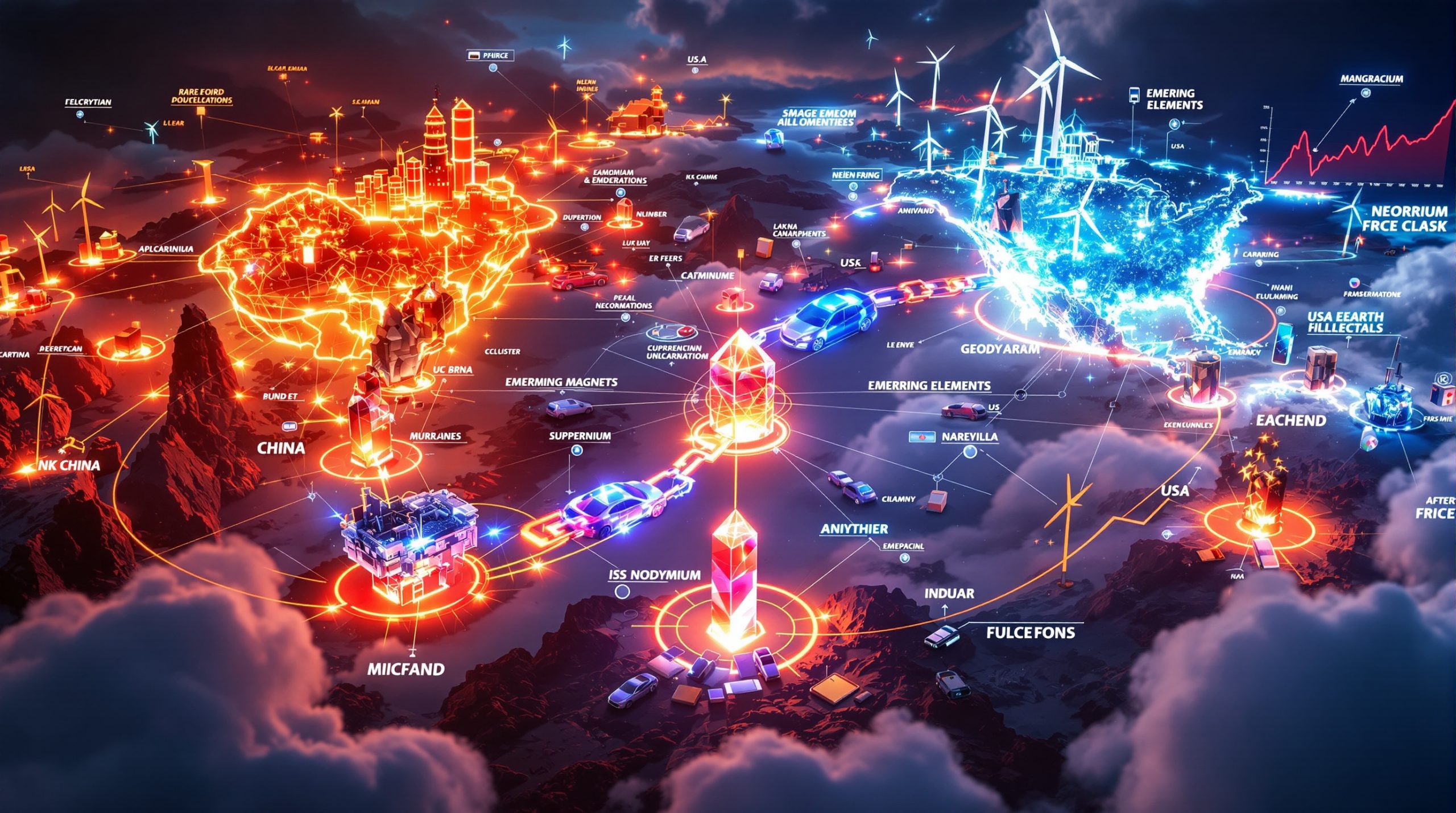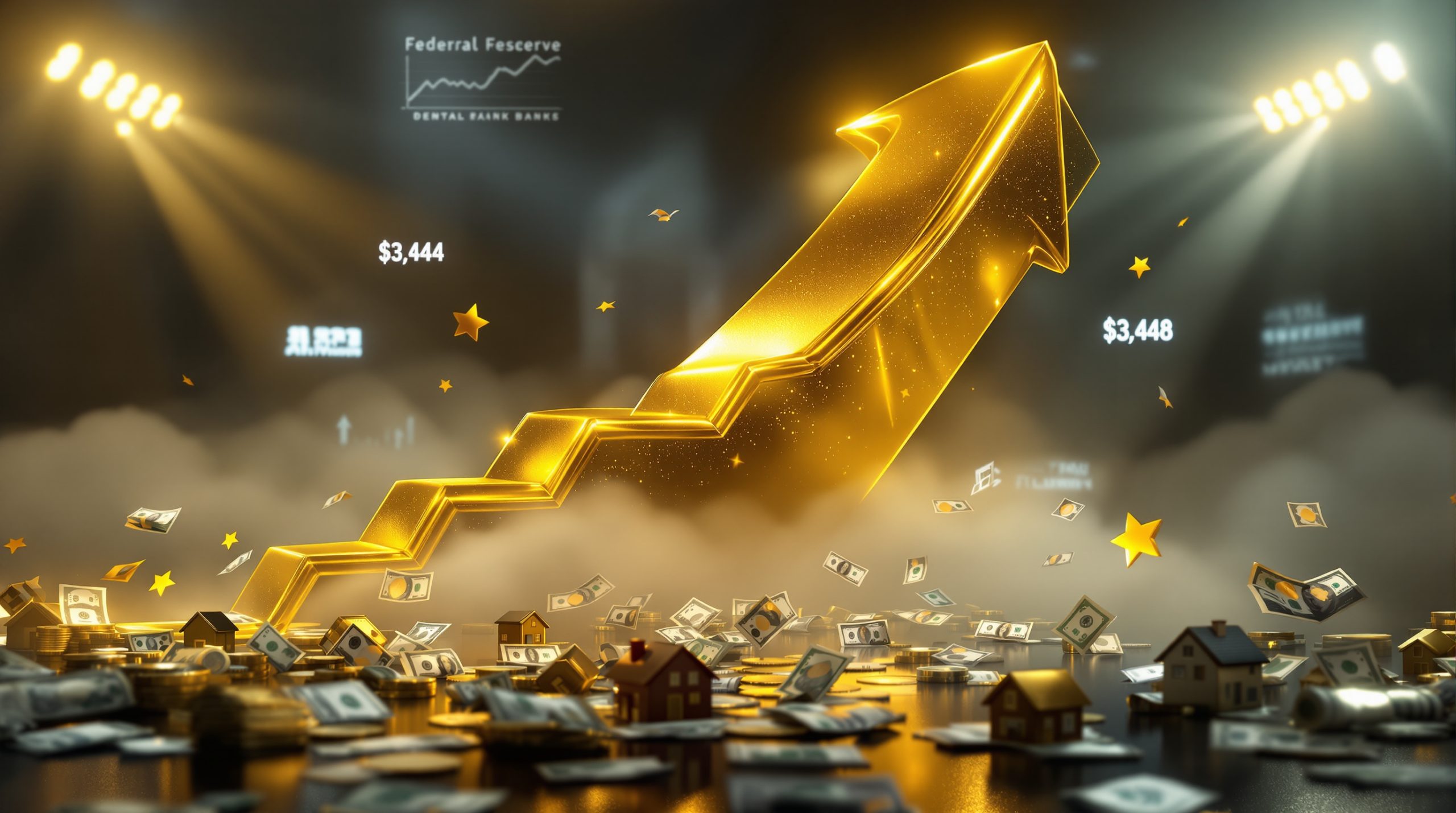How Will Greenland's Election Impact Critical Minerals Development?
Greenland election critical minerals 2025 has become a focal point as the island’s political shift promises a new era of resource development. The recent electoral outcome has stirred expectations among investors and environmental groups alike. Furthermore, discussions around global green technology and mining’s crucial and paradoxical role in the clean energy transition link underscore the significance of this change.
Global demand for critical minerals has spiked in recent years. Consequently, Greenland’s vast untapped reserves are drawing the interest of global powers. In addition, industry experts predict that this election could unlock financing avenues similar to CEFC’s $75 million push in Australia’s critical minerals sector link. The potential change in policy has added momentum to these expectations.
What Critical Minerals Does Greenland Possess?
Greenland is rich in resources essential for the green transition. Geological assessments by GEUS reveal that the island holds abundant rare earth elements vital for electric vehicles and wind turbines. Moreover, deposits of neodymium, praseodymium, dysprosium, and terbium have been identified in several world-class concentrations.
In addition, other critical resources include:
- Graphite: Vital for lithium-ion battery anodes.
- Niobium: Used in high-strength steel alloys.
- Platinum group metals: Important for fuel cells and catalytic converters.
- Molybdenum: Crucial for constructing strong steel.
- Tantalum: Key for electronic devices.
- Titanium: Utilised in aerospace and medical sectors.
These resources are set to be game-changers in the global clean energy revolution. Industry commentators emphasise decarbonisation in mining for a cleaner energy revolution link, which could redefine mining practices across the globe.
Why Has Greenland's Mining Sector Been Restricted Until Now?
Regulatory and environmental concerns have long kept Greenland’s mining on hold. Previously, strict policies prioritised protecting pristine Arctic ecosystems. For example, a zero-tolerance uranium policy blocked many rare earth projects over safety worries. However, now the landscape is changing.
Moreover, lengthy permitting processes have been a significant hurdle. Environmental assessments in Greenland have taken 8-10 years, compared to the global average of 2-3 years. Consequently, these regulatory delays have deterred investment in mineral-rich areas while stalling economic diversification.
This cautious approach stemmed partly from the need to protect traditional ways of life. In addition, funding for Greenland’s economy has been historically tied to fishing and Danish subsidies. As debates intensify, finding balance between progress and environmental stewardship remains vital.
What Changes Does the Demokraatit Victory Signal?
The election victory of the centre-right Demokraatit party signals extraordinary policy shifts for resource development. The party has championed economic diversification while maintaining responsible mining practices. They propose a gradual easing of restrictions and revising policies that have previously restricted access to critical deposits.
Key proposed policy changes include:
- Revising the uranium zero-tolerance stance.
- Streamlining permitting processes to align with global standards.
- Introducing a new mining code that protects the environment.
- Establishing a sovereign wealth fund similar to Norway’s model.
Furthermore, political momentum hints at transforming the mining industry through ESG challenges and opportunities link. Analysts forecast that comprehensive reforms might take 12-18 months to solidify, with initial permits possibly emerging by mid-2026.
How Does Greenland's Mineral Wealth Attract Global Interest?
Global players view Greenland’s mineral potential with renewed optimism. Politically, the island is now attracting diplomatic visits, and investors are keenly watching the developments. It is interesting to note that Trump's policies reshaping global commodity markets link continue to influence perceptions regarding resource nationalism.
European leaders have visited Nuuk recently, emphasising the geopolitical stakes involved. In addition, the strategic location of Greenland and its untapped vast reserves are creating a competitive environment. For instance, the repositioning of U.S. policy, which is also detailed in greenland elections explained link, marks a definitive shift in global strategic interests.
Furthermore, Australian mining companies are establishing a foothold in Greenland. Their involvement is bolstered by favourable regulatory signals from the new government. With increasing collaboration between states, Greenland’s mineral wealth is poised to change the geopolitical landscape.
What Is the Kvanefjeld Rare Earth Project?
The Kvanefjeld rare earth project is one of the world’s most promising undeveloped deposits. Situated near Narsaq, it holds approximately 11.1 million tonnes of rare earth oxide along with significant uranium reserves. The deposit’s value is estimated between $11-15 billion over a 37-year lifespan, highlighting its enormous economic potential.
Despite its promise, the project has faced setbacks due to prior regulatory restrictions. In 2021, the previous government’s uranium ban halted its progress. However, recent evaluations signal fresh optimism under the reformed policies of the new administration. Parallel to these developments, ETM is refocusing efforts by aligning with updated environmental standards.
Recent site visits have reinvigorated confidence in Kvanefjeld’s prospects. The project now stands as a litmus test for Greenland's future mining regime and its ability to attract global investment.
What Legal Challenges Face Mining Development?
Legal disputes continue to challenge resource development in Greenland. ETM is currently involved in arbitration against both the Greenlandic and Danish governments. They seek compensation for delays and shifting policy frameworks that have derailed projects like Kvanefjeld.
The legal framework rests on the Mineral Resources Act of 2009, amended multiple times. This framework creates conflicts between Greenlandic sovereignty and Danish jurisdiction. Consequently, companies argue over grandfathering provisions and the retroactive application of new rules.
Resolution pathways being considered include:
- Establishing a dedicated mining court.
- Creating mediation mechanisms involving both Greenlandic and Danish authorities.
- Clarifying regulatory responsibilities between agencies.
- Incorporating stabilisation clauses in future licences.
These legal initiatives could streamline disputes and offer a more predictable regulatory environment.
How Will Greenland's Mining Sector Impact Local Communities?
Mining development could offer significant economic benefits for local communities. Projections suggest that a flourishing mining sector might boost Greenland’s GDP by 15-20%. Tax revenues from mining projects could approach $200-300 million annually, reducing reliance on Danish subsidies.
Employment is another major benefit. The Kvanefjeld project could create 300-400 direct jobs, with an additional 800-1,000 jobs indirectly throughout the supply chain. Companies are also targeting local hiring, aiming for up to 70% local employment at full operational capacity.
Concurrently, the sector could spur much-needed infrastructure improvements. Planned projects include new port facilities, road networks, and enhanced telecommunications. In addition, there is potential for expanded educational programmes focused on technical skills. These initiatives would boost community resilience and long-term development.
What Environmental Safeguards Will Be Maintained?
Despite the political push for development, environmental safeguards remain a priority. The Environmental Agency for Mineral Resource Activities will enforce rigorous environmental impact assessments. These standards align with the best European practices, ensuring a balanced approach to environmental management.
In addition, mining companies will be required to design operations that tackle challenges posed by Arctic conditions. These adaptations include specialised tailings management systems and water treatment protocols. Independent environmental monitoring committees will also be established to maintain strict control and transparency over operational impacts.
Industry experts agree that environmental excellence is essential. This approach is instrumental in maintaining a social licence to operate. Additionally, several projects have adopted innovative strategies that effectively integrate environmental conservation measures.
FAQ: Greenland's Critical Minerals Development
What is Greenland's current mining output?
Greenland currently operates only two mines, contributing less than 1% to its GDP. The sector’s potential remains largely untapped. In addition, the new policies may revolutionise output levels as interest in Greenland election critical minerals 2025 grows.
How does Greenland's self-government status affect mining decisions?
Since gaining self-rule in 2009, Greenland has maintained autonomy over its natural resources. However, Denmark's influence persists in defense and foreign affairs, leading to a dual-approval system for projects with broader geopolitical implications.
Which companies are active in Greenland's mining sector?
Major players include Energy Transition Minerals, Bluejay Mining, AEX Gold, and Hudson Resources. Notably, Chinese interests have fluctuated, though the structure now favours investments under improved conditions.
What timeline is expected for new project approvals?
Under the current government, analysts estimate major projects will receive approvals in 24-36 months. This is a marked improvement compared to previous delays. In parallel, evolving regulatory policies continue to streamline the process.
How might climate change affect mining in Greenland?
While climate change may reduce ice cover and increase access, it also challenges infrastructure. Companies are increasingly mandated to incorporate climate adaptation measures into their designs and operations.
What Does This Mean for Investors in Critical Minerals?
Investors are closely watching Greenland election critical minerals 2025 as a transformative opportunity unfolds. The new political landscape is set to improve risk profiles and unlock substantial economic returns. Recent shifts suggest a favourable regulatory environment that could drive unprecedented growth.
Key risk factors for investors include:
- Regulatory uncertainties that are gradually declining.
- Technical challenges inherent to harsh Arctic conditions.
- Market dynamics as global supply chains evolve.
- Balancing political risks with potential rewards.
Investors are also monitoring legal disputes and the pace of infrastructural improvements. Additionally, greenland votes pro business link illustrate the broader optimism in resource development.
In summary, robust policy reforms, legal clarity, and improved market conditions promise a bright outlook for Greenland’s mining future. As the global transition to green technology accelerates, Greenland’s abundant critical minerals stand to play an increasingly pivotal role.
Want to Stay Ahead of Major Mineral Discoveries?
Discover significant market opportunities before they mainstream with Discovery Alert's proprietary Discovery IQ model, providing real-time notifications on critical mineral discoveries across the ASX. Explore how historic discoveries have generated substantial returns by visiting our dedicated discoveries page and start your 30-day free trial today.




